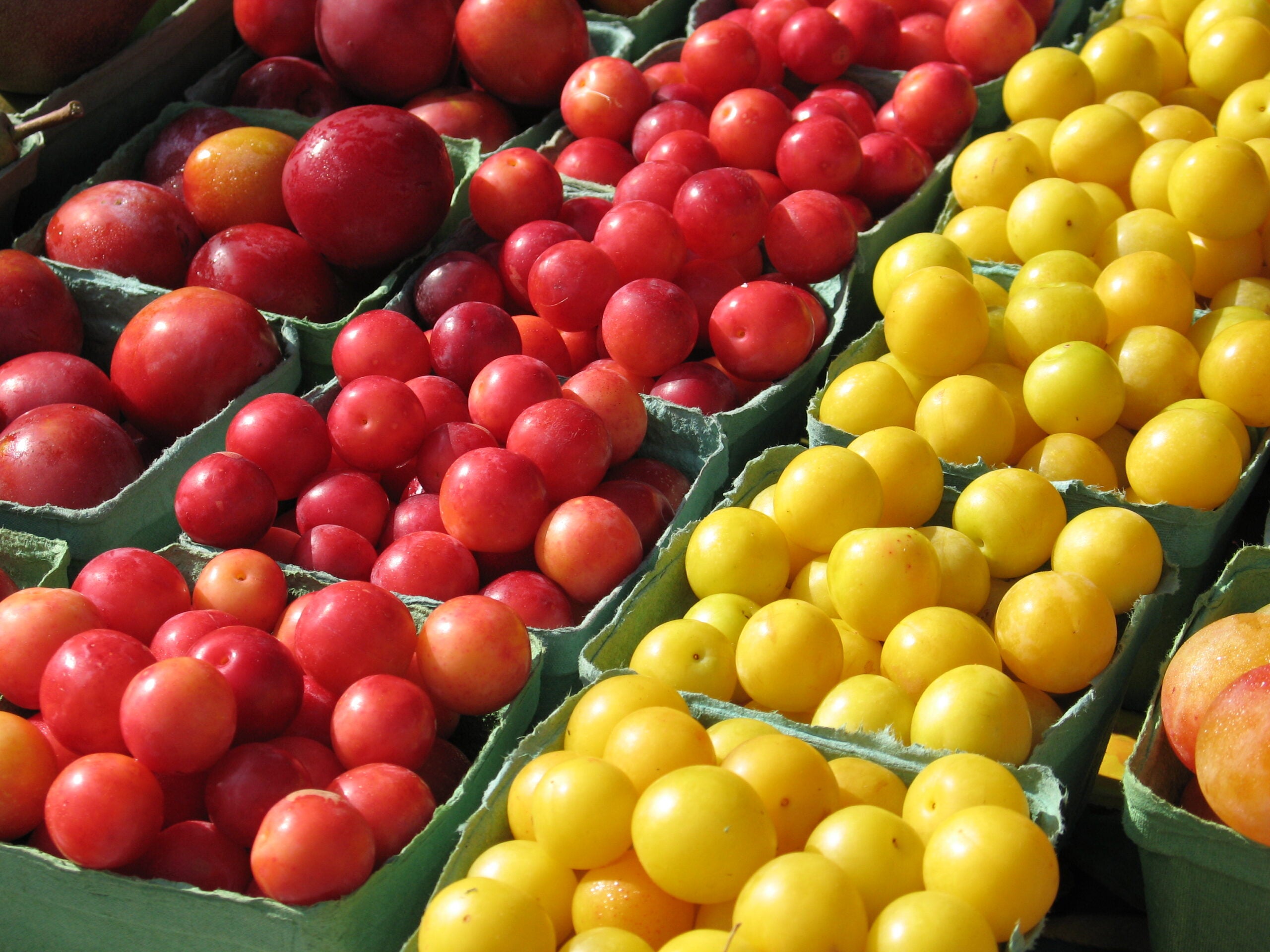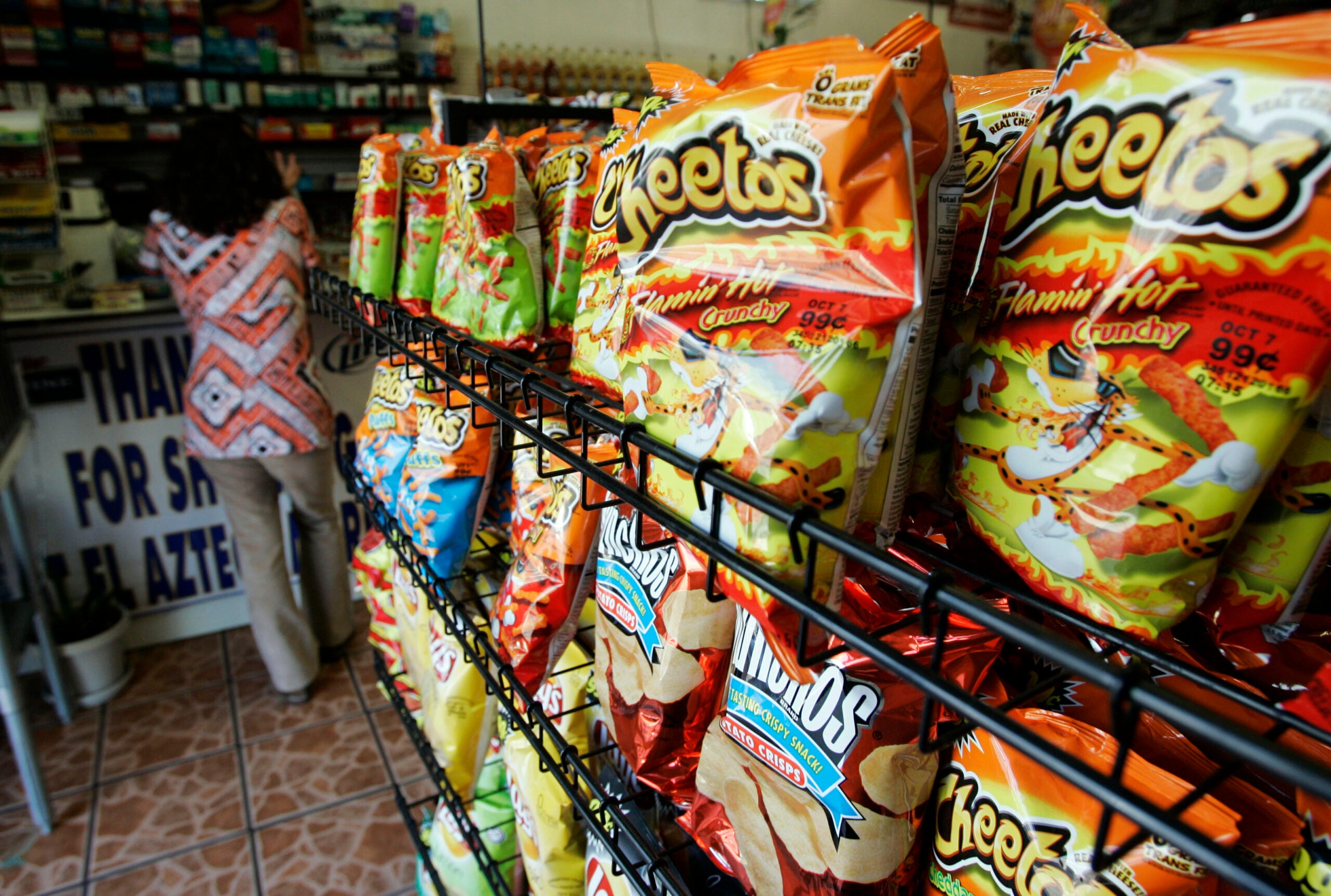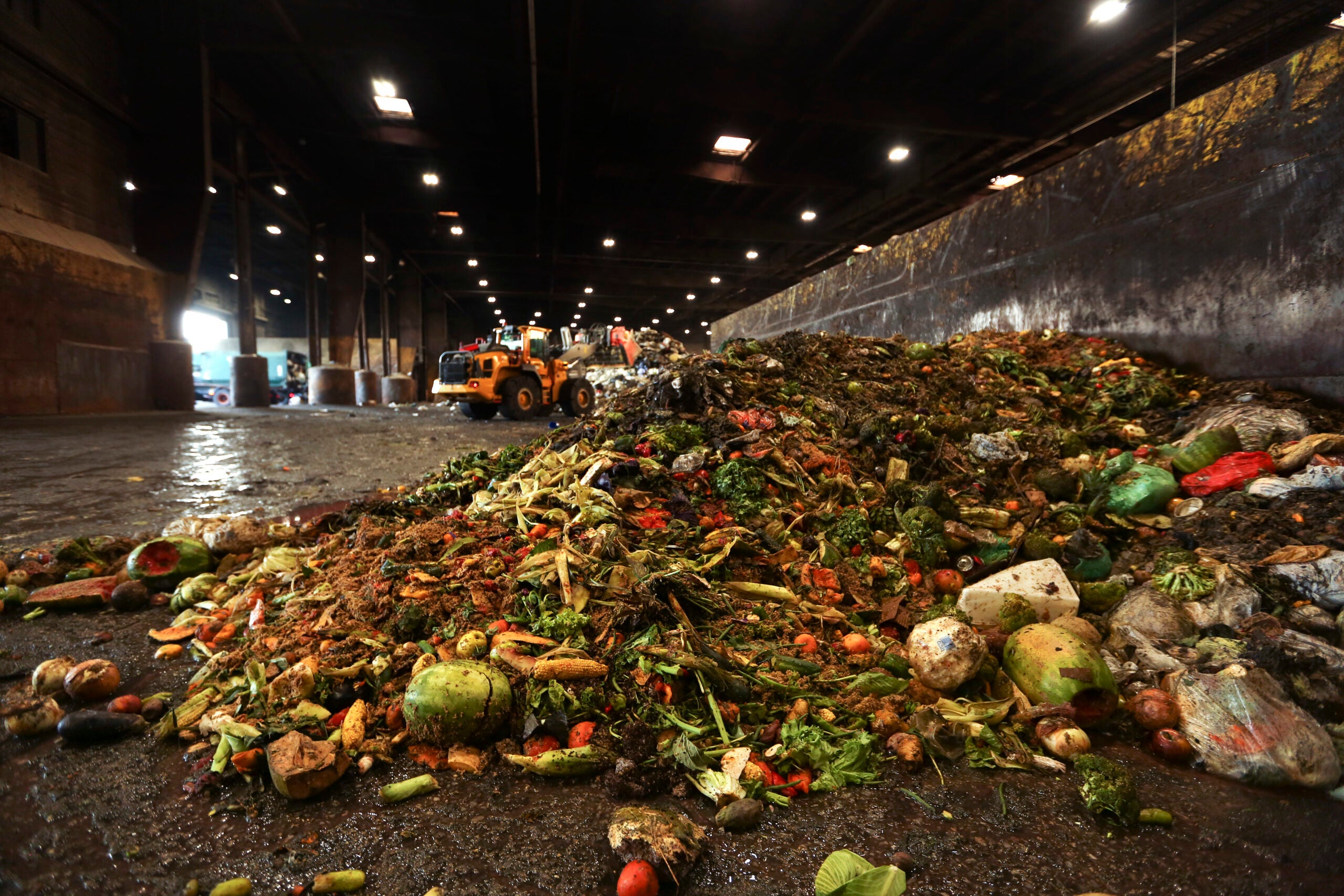A recent study by the U.S. Department of Agriculture (USDA), which oversees the federal food stamp program, looks at what participants eat.
The diet of those on the Supplemental Nutrition Assistance Program (SNAP) is really not that different from those not in the program.
Food stamps are intended to reduce hunger. Depending on what’s eaten, they can also improve health or make it worse. The USDA study is inconclusive on that matter. It compared the diet of those on food stamps to low-income people who weren’t.
Stay informed on the latest news
Sign up for WPR’s email newsletter.
Judi Bartfeld is a professor of consumer science at the University of Wisconsin-Madison. She was not part of the study, but says research on SNAP, commonly known as food stamps, shows it does reduce food insecurity. However, studies to date have not shown a major improvement in what’s eaten.
“When people get SNAP, they tend to eat a little better with regard to certain aspects of their diet. They might eat a little worse with regards to certain other aspects. But there just don’t seem to be any major differences. I think most of the research in this area has found pretty marginal impacts in terms of actual diet quality.”
The USDA study found those using food stamps did consume 23 percent more fruit, but they decreased the amount of dark green and orange vegetables eaten.The USDA researchers speculate fruit doesn’t require preparation and may be cheaper. Food stamp participants also get less sodium and saturated fat.
Wisconsin Public Radio, © Copyright 2025, Board of Regents of the University of Wisconsin System and Wisconsin Educational Communications Board.







